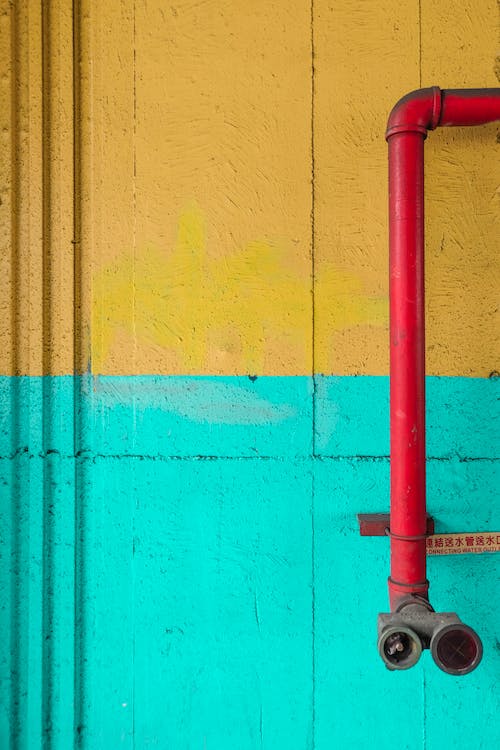If there is water flooding your house, it’s a bad day. While there are several reasons why this can happen, it’s usually because of a burst pipe. Water pipes can crack from freezing temperatures, shifting grounds or even digging around the home. A crack can quickly become a full break in the pipe.
With water starting to flood your home, what do you do? There are steps that you need to take to deal with this unfortunate situation. While we hope you never have to deal with this plumbing mess, being prepared will minimize any damage and get you back to normal faster.
Here is how you can confidently handle a burst pipe in your home:
Turn off the power
Water and electricity are a dangerous mix, so you don’t want to be wading through water that is charged. The top priority is to turn off the main breaker in your electrical panel. If you can’t get to it, try to find the main power shut off outside your home. You can also call a professional in busted pipe repair.
Shut off the water supply
Locate your main shut-off valve for the house. This may be under your sink or in a laundry room, but you should know where it is and have easy access to it ahead of time. If it is outside your home or at the street, go there and turn it off if possible or call a plumber to assist you. This is the best way to stop the flooding and the resulting damage that can occur.
With the water shut off, you still want to drain any water left in the system. Do this by turning on a sink faucet and allowing the remaining water to drain out.
Call a plumber
Now that you have stopped the flow of water and shut down the power, it’s time to bring in a professional. Make a call to a qualified plumber that can get there immediately. There are trusted plumbing companies that have emergency services 24/7. They will be able to come and make repairs regardless of the day or time.
Remove items from flooded areas
Usually, your flooding will be in the basement or bottom floor, but a burst pipe may be pouring out from anywhere in the home. In the flooded areas of the home, start taking out your items before they get ruined.
If the flooding is not that severe, you can put items on top of tables, chairs and counters. If necessary, take them out to your yard or into the car. Wipe things off as you go and allow them to dry out, so there isn’t any major damage and look in all rooms and closets for any other wet spots. Water finds its way in the most unlikely of places so do a complete room-to-room check.
Get rid of the water
As your plumber is doing their job investigating the location of the burst pipe and making repairs you can start cleaning up. If there is lots of water, you may need to rent a pump to drain the water out onto the street.
Bailing water into sinks and toilets may work but first check with the plumber if that’s ok. You will need a mop and towels to sop up and wipe down everything until you can get a relatively dry floor. If you need help, you can call water damage restoration Denver to get things cleaned up professionally.
Heat and air circulation
Now, it is the time to apply the heat. You may have to rent some heaters and fans so things can dry out. This can take time, but it needs to get started quickly before any chance of mould can form.
Open up windows and doors so the moist air can get out and get your fans going for circulation. Warm air needs to reach all affected areas and this steady flow of air will dry things out quicker than just heat. A dehumidifier is excellent for removing the moisture in the air too. Ultimately, you want things to be totally dried out as fast as you can.
Document the aftermath
It’s important to take pictures of everything and write down all the information you think is relevant to the accident. This may be vital if you need to make an insurance claim for the damages. Videos are a great idea too and you can go from room to room and follow the mess. Any damage that needs to be removed and replaced must be clearly documented, so you will be reimbursed.
Move forward
After the damage is done and the cleanup is finished, put your home back together. This may be an opportunity to put in different flooring rather than carpet. If you get another flood, there will be less damage.
Ensure you can quickly access your electrical panel and know where the water line shut-off valves are. Being prepared for next time is empowering.
